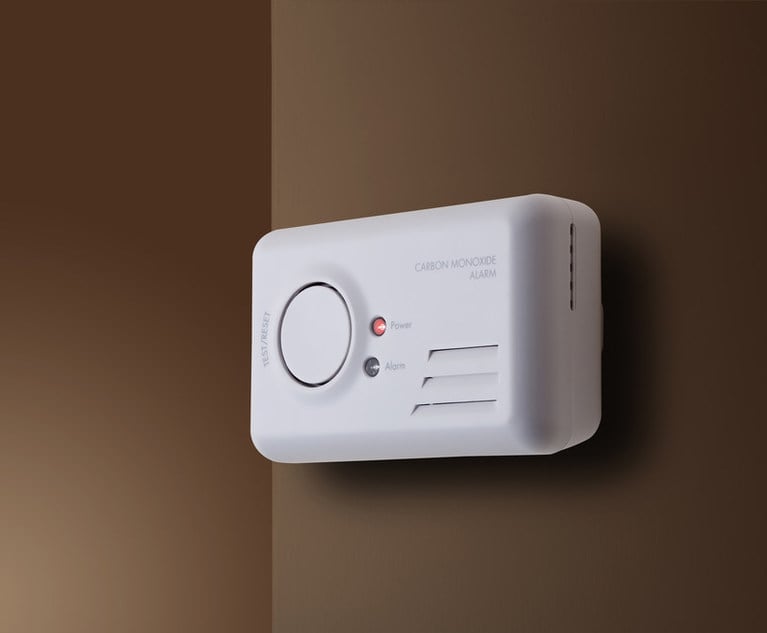 Data from the Center of Disease Control and Prevention's (CDC's) National Center for Health Statistics indicates that in 2017, 399 people in the U.S. died of unintentional non-fire carbon monoxide poisoning. One key risk-mitigation step is installing a CO detector. (Shutterstock/ALM archives)
Data from the Center of Disease Control and Prevention's (CDC's) National Center for Health Statistics indicates that in 2017, 399 people in the U.S. died of unintentional non-fire carbon monoxide poisoning. One key risk-mitigation step is installing a CO detector. (Shutterstock/ALM archives)
Often dubbed the "silent killer," carbon monoxide is a colorless, odorless gas released from poorly working furnaces or gasoline-powered equipment that can lead to tragic results.
Recommended For You
Want to continue reading?
Become a Free PropertyCasualty360 Digital Reader
Your access to unlimited PropertyCasualty360 content isn’t changing.
Once you are an ALM digital member, you’ll receive:
- Breaking insurance news and analysis, on-site and via our newsletters and custom alerts
- Weekly Insurance Speak podcast featuring exclusive interviews with industry leaders
- Educational webcasts, white papers, and ebooks from industry thought leaders
- Critical converage of the employee benefits and financial advisory markets on our other ALM sites, BenefitsPRO and ThinkAdvisor
Already have an account? Sign In Now
© Touchpoint Markets, All Rights Reserved. Request academic re-use from www.copyright.com. All other uses, submit a request to [email protected]. For more inforrmation visit Asset & Logo Licensing.







